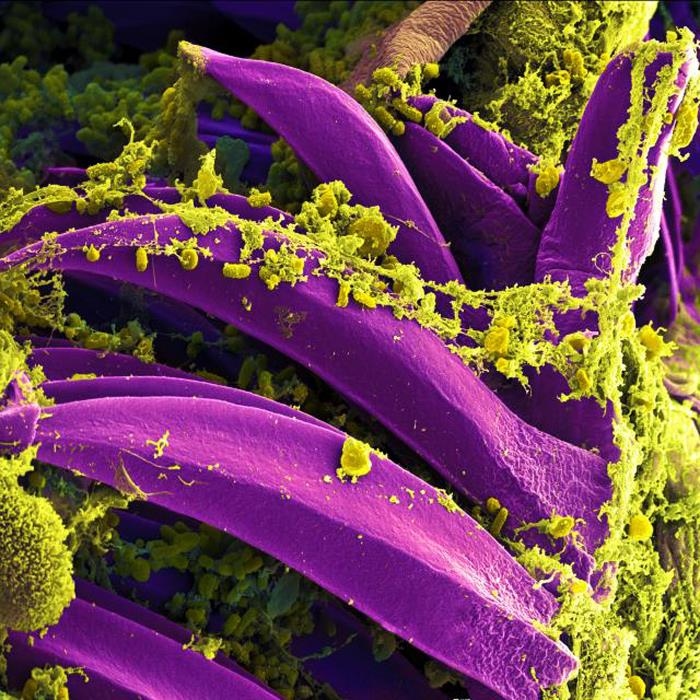While plague cases continue to be reported in Madagascar, health officials say the situation is improving as evidenced by 16 previously affected districts reported no new confirmed or probable cases of pulmonary plague during the past two weeks, which is creating some optimism.

“This is the beginning of the end of the epidemic if we maintain vigilance,” said Dr. Mahery Ratsitorahana, Director of Health Surveillance and Epidemiological Surveillance (DVSSE) within the Ministry of Public Health, during a press conference, according to L’Express de Madagascar report (computer translated).
The World Health Organization said something similar in a report today:
While progress has been made in response to the plague outbreak in Madagascar, sustainability of ongoing operations (during the outbreak and through the plague season usually from September to April) remains critical. Funds for operations are running low, given the fact that only 26% of the multisector response plan has been funded. Additional response logistics such as temperature monitoring equipment (infrared thermometers), rapid diagnostic tests, personal protective equipment, infection prevention and control supplies, and medicines (antibiotics) need to be provided. Efforts to strengthen outbreak control measures should continue.
From 1 August to 27 October 2017, a total of 1,554 suspected cases of plague, including 113 deaths (case fatality rate 7%), were reported. Of these, 985 (63%) were clinically classified as pulmonary plague, 230 (15%) were bubonic plague, 1 was septicemic, and 338 were unspecified (further classification of cases is in process). Since the beginning of the outbreak, 71 healthcare workers (with no deaths) have been affected.
Related:
- Rabies research: Scientists show how the virus induces frenzied behaviors
- Seychelles: No confirmed plague, all contacts discharged
- Washington: Norovirus outbreak linked to Normandy Park Subway
- Plasmodium vivax in the Americas is more genetically diverse than previously thought
- Dozens sickened with Q fever in southern Chile outbreak
- Kenya: Man with severe elephantiasis has successful reduction surgery (Video)


The pathogen is most likely yellow and the purple part corresponds to flea’s spine. Who checked this photo before publication?
Picture caption is wrong; the bacteria are yellow-green, the proventricular spines are purple.
From 1 August to 27 October 2017, a total of 1,554 suspected cases of plague, including 113 deaths.
This is incorrect because 127 deaths were confirmed by 28 October, after a young child died on that day.